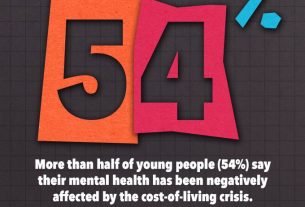A major shift is coming to the world of credit scoring: how Americans handle Buy Now, Pay Later (BNPL) loans will soon influence their FICO credit scores. FICO, the most widely used credit score provider in the United States, has announced plans to launch a new scoring system later this year that includes BNPL loan activity. This change is designed to bring greater visibility into a form of borrowing that has grown rapidly but remains largely outside traditional financial tracking.
What Are BNPL Loans?
BNPL loans allow consumers to split purchases into interest-free installments, making them an appealing alternative to credit cards. These loans are especially popular among younger users or those with thin credit histories. While they offer convenience and flexibility, BNPL loans can also encourage overspending, leading to multiple outstanding debts at once.
“A lot of young consumers don’t have lengthy credit histories,” said Ted Rossman, senior credit analyst at Bankrate. “For them, BNPL could serve as a gateway to building credit — if managed wisely.”
Why BNPL Data Matters Now
Until now, most BNPL loans have existed outside traditional credit reporting systems. That has meant a lack of transparency for lenders evaluating a consumer’s financial obligations. FICO’s new models — FICO Score 10 BNPL and FICO Score 10 T BNPL — aim to close this gap. According to FICO Vice President Ethan Dornhelm, lenders have made it clear they want access to BNPL data when assessing credit risk.
However, incorporating BNPL into scores isn’t as simple as plugging in new data. These loans behave differently from traditional credit products. For instance, BNPL users often open and close accounts rapidly, a pattern that could normally hurt a credit score. FICO says its new model uses a unique approach by aggregating BNPL loans to avoid penalizing responsible users.
Challenges Ahead for Scoring and Reporting
One issue is that not all BNPL providers currently report data to credit bureaus. Only a few, like Affirm, have begun doing so with bureaus like Experian and TransUnion. This makes it challenging for FICO to create a complete picture of a consumer’s financial behavior.
Even with the new scoring models, adoption could be slow. While FICO Score 10 is among the newest models, most lenders still rely on older versions, such as FICO Score 8, released in 2009. Lenders may hesitate to upgrade due to the cost and complexity of implementing new systems.
“Think of it like smartphone upgrades,” Rossman said. “Just because there’s a new model doesn’t mean everyone uses it right away.”
Conclusion
As the BNPL industry grows and touches more aspects of consumers’ financial lives, its inclusion in credit scoring could be a game changer — for better or worse. Those who manage BNPL loans responsibly may benefit from a higher score, while overuse could hurt credit standing.
The move to include BNPL data signals a more comprehensive approach to credit evaluation. Still, it also underscores the importance of financial literacy and the need for consumers to understand the long-term effects of short-term borrowing habits.




